1703 Paterna Road – A Home for a Mayor
Mediterranean Style Home Housed Mayor a Century Ago
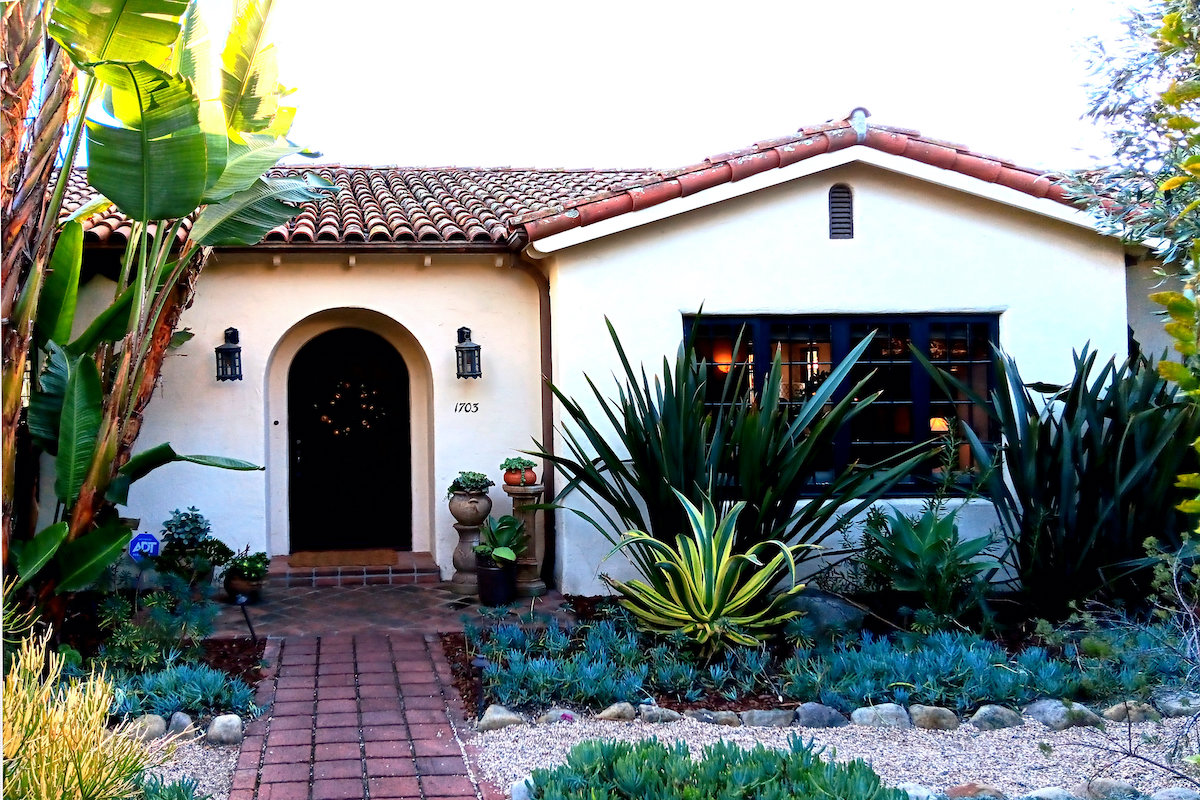
Today, people who travel to Santa Barbara’s Riviera neighborhood generally go to enjoy themselves at the El Encanto Hotel, the SBIFF Riviera Theatre, or work at a business in the Riviera Park. But a century ago, the Riviera was the center of higher education in our fair city. The Santa Barbara Normal School, a teachers’ college, was located in the theater and nearby buildings. The college later migrated to the Mesa and then to Isla Vista, where it morphed into UCSB.
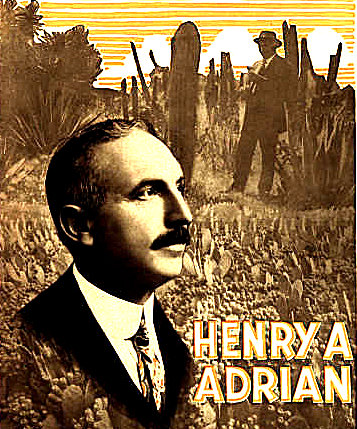
The educational community in the Riviera was probably the reason why this house was built. Henry Augustus Adrian was a prominent educator and lecturer. He was also the mayor of Santa Barbara in 1926 and 1927. He was the superintendent of schools here from about 1904 to 1910. After that, he became a professional lecturer who traveled around the United States for some 15 years. Many of his talks focused on the accomplishments of his friend Luther Burbank, a prominent horticulturist.
Adrian was a featured speaker in the Chautauqua program. This was a traveling summer school that began at Chautauqua Lake in New York State in 1874. Groups of educators and entertainers from this program traveled around the country as an early form of adult education in the late 1800s and early 1900s.
For example, in 1916, the Chautauqua came to Santa Barbara. It was a week-long program packed with all-day events such as lectures, plays, concerts, and other activities. Events were held in a large tent, capable of holding 2,000 people, on the grounds of Santa Barbara High School, which was then at the northeast corner of Anapamu and De la Vina streets.
An Appreciation for Architecture
It was probably Adrian’s experience traveling around the U.S. that awakened his appreciation of our architecture. He told the local paper, “I have in the course of my lecture tours, visited 11,000 American towns, and 10,500 of them were just alike. We have enough of them. If you will keep on as you have been doing and the people keep on as they have been building, we will soon have a city here of which we will be proud, and that will be unique among the cities of the world.” (Santa Barbara Morning Press, October 18, 1925)
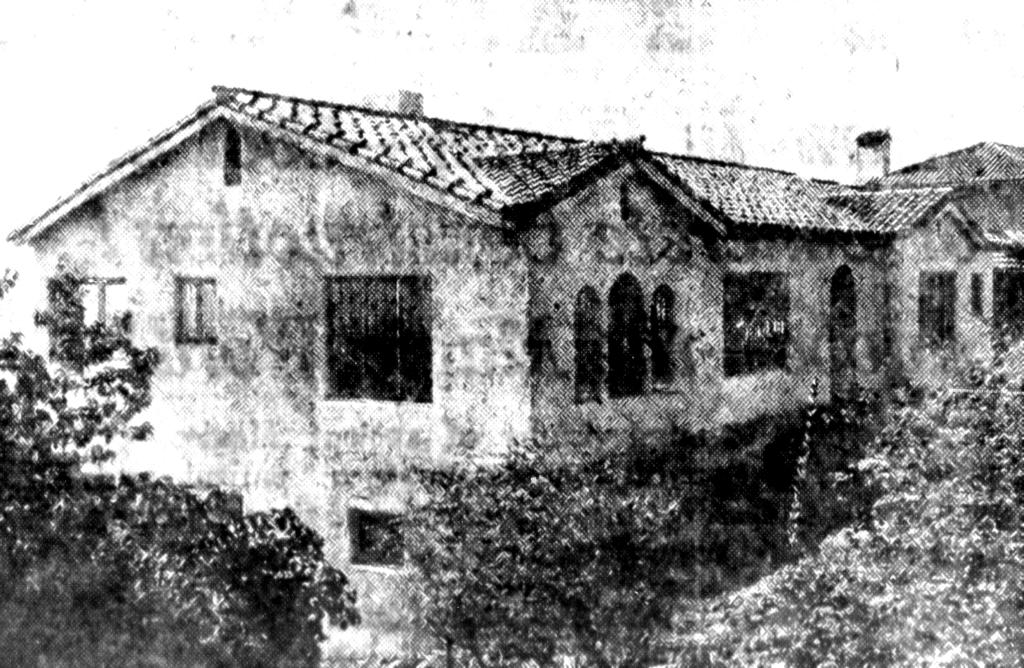
As might be expected, the home he had built at 1703 Paterna Road reflects the architectural style that sets Santa Barbara apart. The home was built in 1921 by Italian builder/designer, C. Cicero. The permit listed the cost at $10,000. Our local paper noted, “Mr. Cicero designs as well as builds homes, and his adaptation of hillside building sites to home construction of the most attractive types has shown an appreciation of the problems involved.” (Santa Barbara Morning Press, January 27, 1924)
This Mediterranean-style home has an Old-World feel and features graceful arches inside and out. It is nestled into the hillside and looks out over the city that Adrian helped rebuild after the earthquake.
The Quake Hits Santa Barbara
The first tremor on the morning of June 29, 1925, occurred while Adrian and his wife Phila and their two children lived in this home. They probably stood on the balcony, watched the dust rising from the crumbled buildings in the heart of the city, and wondered about the community’s future.
Six months later, Adrian, who had retired from his speaking business, was appointed mayor and dug into work on the restoration and transformation of Santa Barbara. It was probably the most strenuous and stressful time to be in charge of our city. Historian Michael James Phillips, a contemporary, wrote, “Under his progressive regime, work has been started upon many projects of civic advancement … and Mr. Adrian is planning to make this the most beautiful city in America.” (History of Santa Barbara County, California, 1927)
The current owners – Lisa Carlos and Brett Queener – enjoy living in their comfortable home amidst the neighborhood’s stone walls and walking paths. Above all, they appreciate the south-facing view overlooking the city that arose in splendor after the earthquake a century ago.
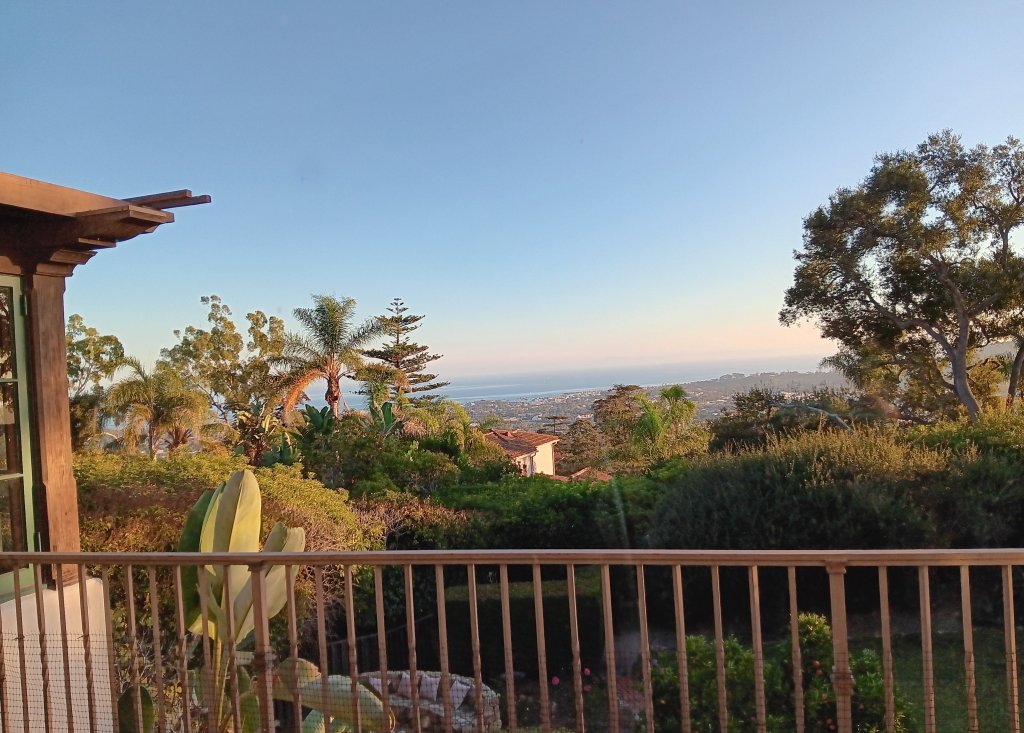
Please do not disturb the residents of this home.
Betsy J. Green is a Santa Barbara historian, and author of Discovering the History of Your House and Your Neighborhood, Santa Monica Press, 2002. Her website is betsyjgreen.com.
Premier Events
Fri, Jan 31
5:00 PM
Santa Barbara
Artist Talk at Art & Soul on State Street
Mon, Jan 20
All day
Santa Barbara
18th Annual Holiday Celebration for Martin Luther King, Jr.
Mon, Jan 20
9:00 AM
Lompoc
Martin Luther King Jr Day of Celebration and March 2025 – Lompoc
Wed, Jan 22
5:30 PM
Santa Barbara
Talk: “Raising Liberated Black Youth”
Sun, Jan 26
11:00 AM
Santa Barbara,
17th Annual Santa Barbara Community Seed Swap 2025
Thu, Jan 30
8:00 PM
Solvang
Lucinda Lane Album-Release Show, at Lost Chord Guitars
Fri, Jan 31
9:00 AM
Goleta
AARP FREE TAX PREPARATION
Fri, Jan 31
5:00 PM
Santa Barbara
Artist Talk at Art & Soul on State Street
Sat, Feb 08
10:00 AM
Santa Barbara
Paseo Nuevo Kids Club
Sat, Feb 08
12:30 PM
Solvang
Garagiste Wine Festival
Tue, Feb 11
8:00 PM
Santa Barbara
SBIFF – Tribute to Timothée Chalamet
Fri, Jan 31 5:00 PM
Santa Barbara
Artist Talk at Art & Soul on State Street
Mon, Jan 20 All day
Santa Barbara
18th Annual Holiday Celebration for Martin Luther King, Jr.
Mon, Jan 20 9:00 AM
Lompoc
Martin Luther King Jr Day of Celebration and March 2025 – Lompoc
Wed, Jan 22 5:30 PM
Santa Barbara
Talk: “Raising Liberated Black Youth”
Sun, Jan 26 11:00 AM
Santa Barbara,
17th Annual Santa Barbara Community Seed Swap 2025
Thu, Jan 30 8:00 PM
Solvang
Lucinda Lane Album-Release Show, at Lost Chord Guitars
Fri, Jan 31 9:00 AM
Goleta
AARP FREE TAX PREPARATION
Fri, Jan 31 5:00 PM
Santa Barbara
Artist Talk at Art & Soul on State Street
Sat, Feb 08 10:00 AM
Santa Barbara
Paseo Nuevo Kids Club
Sat, Feb 08 12:30 PM
Solvang
Garagiste Wine Festival
Tue, Feb 11 8:00 PM
Santa Barbara

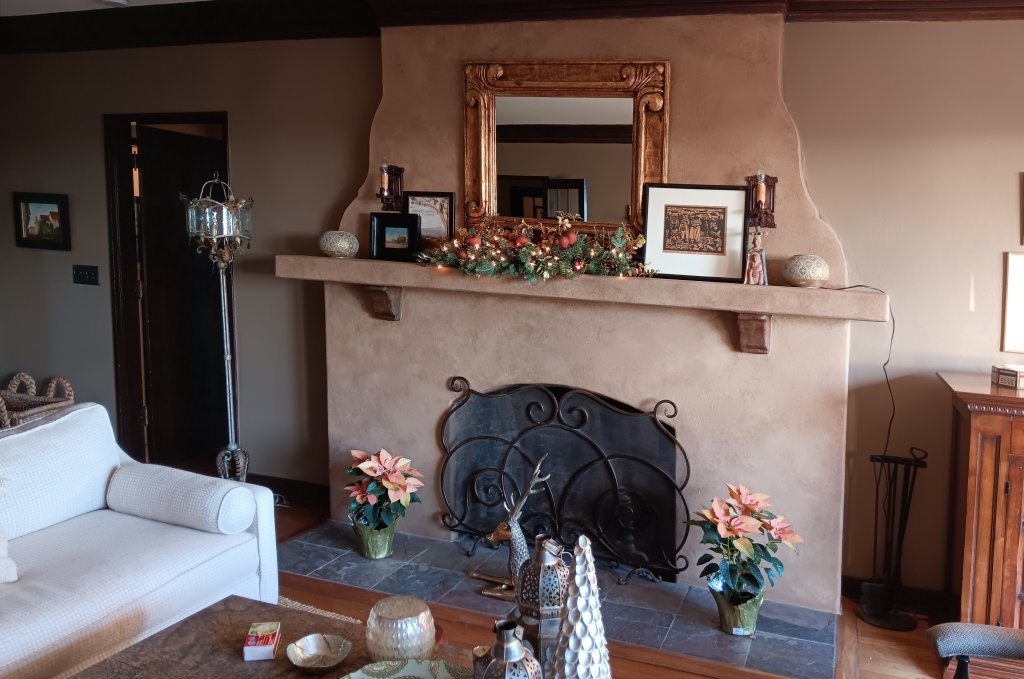
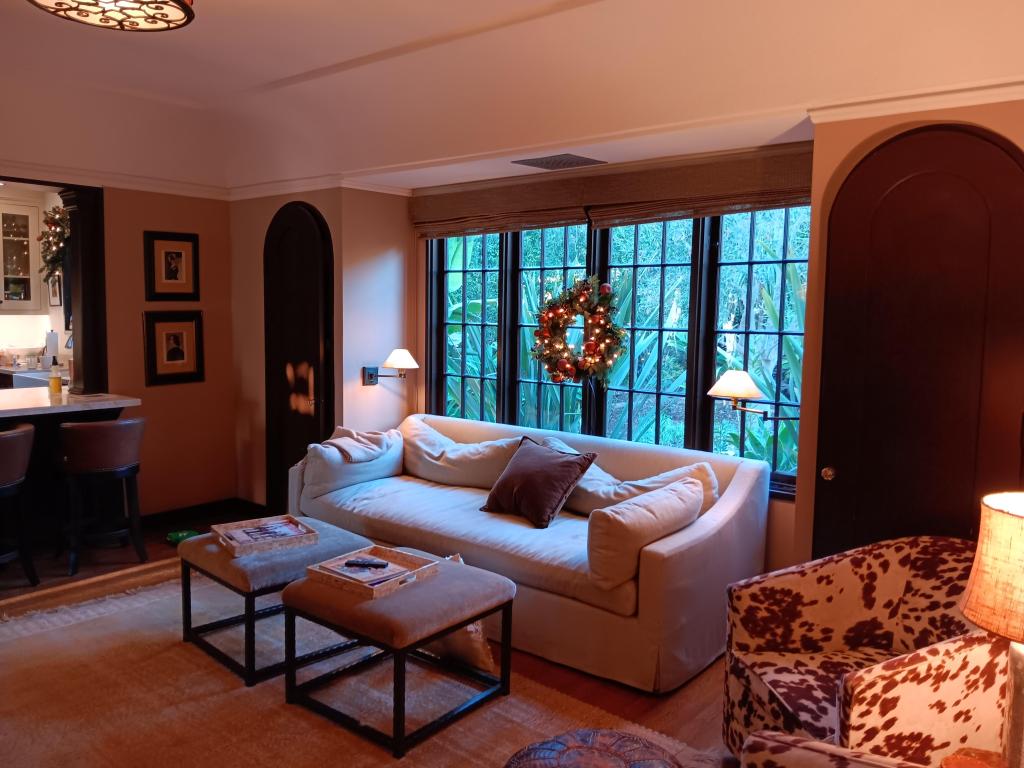
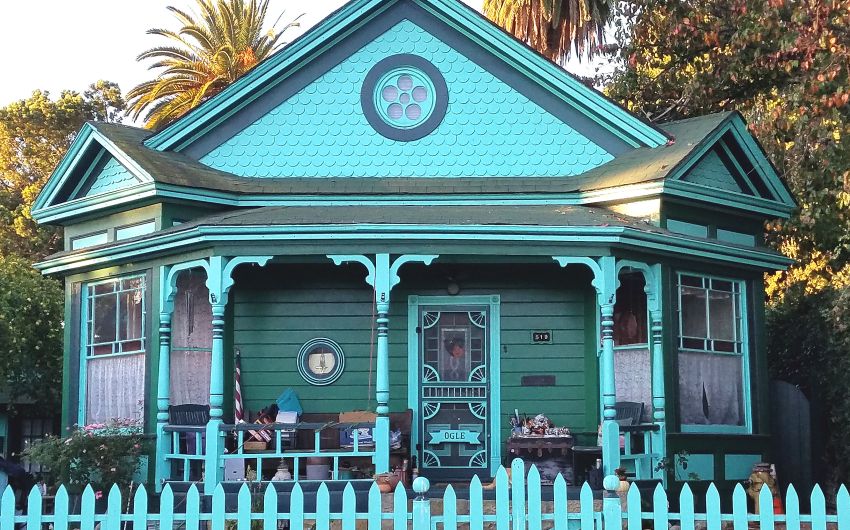
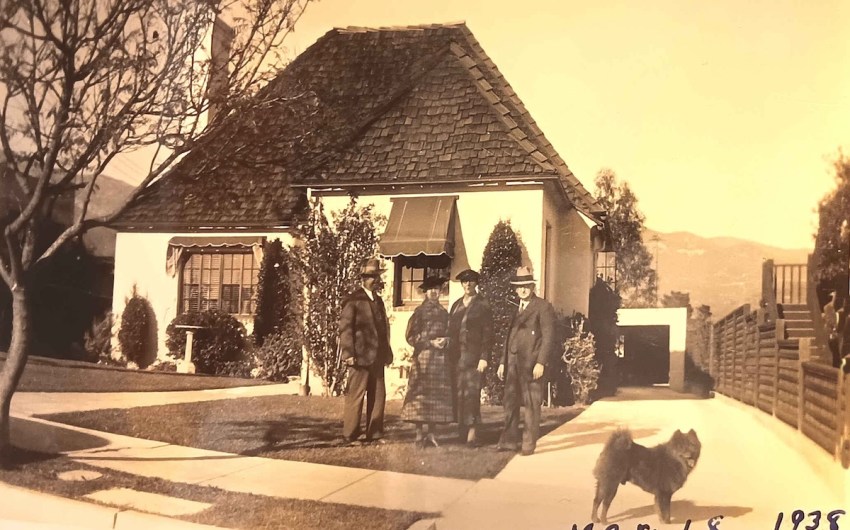



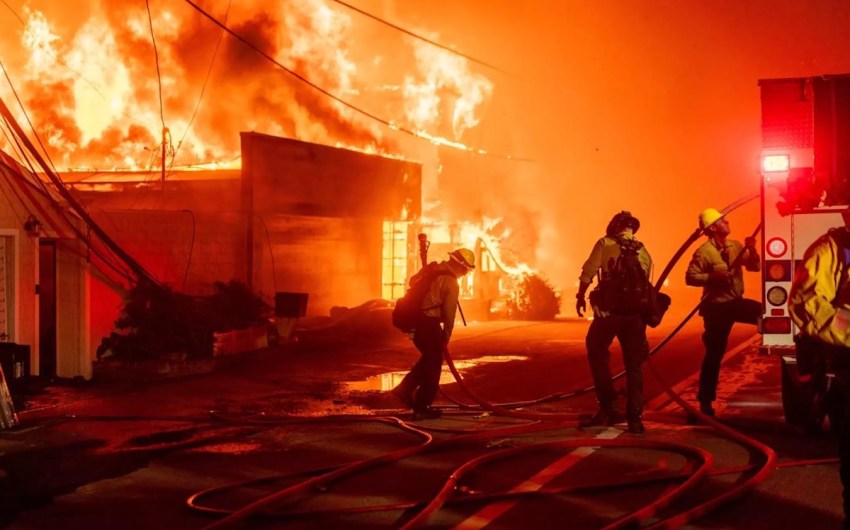


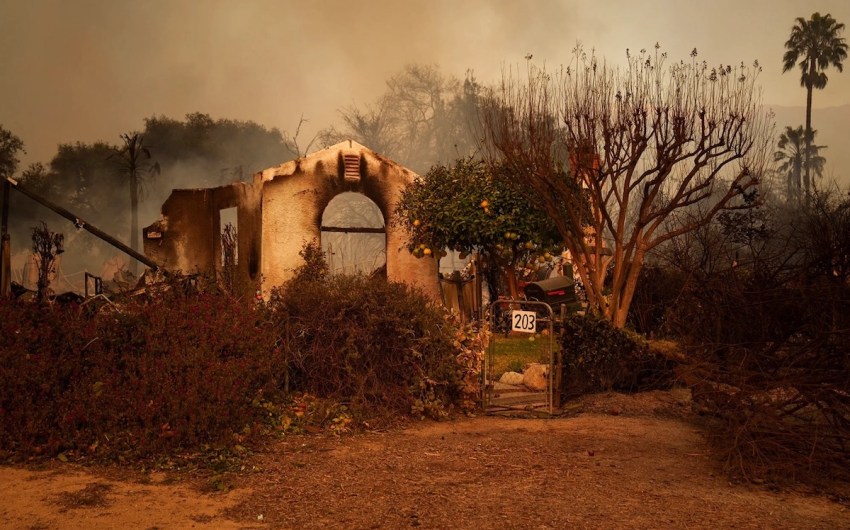
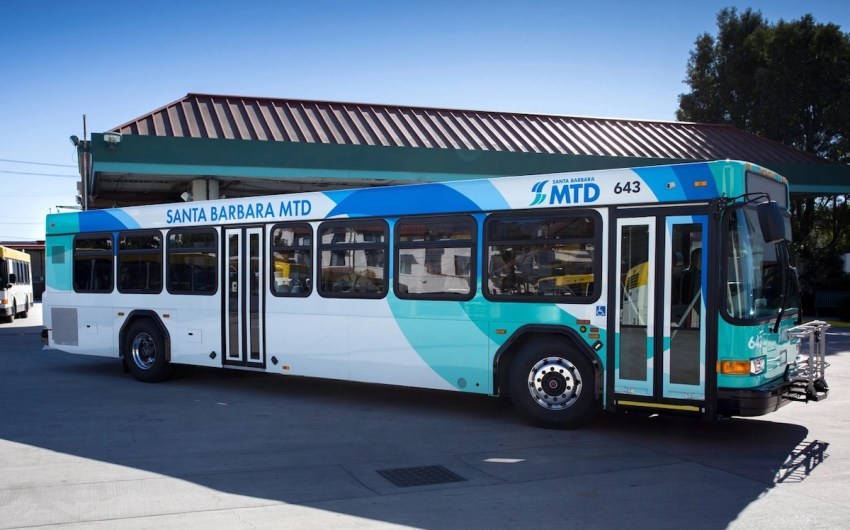


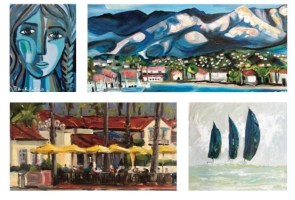
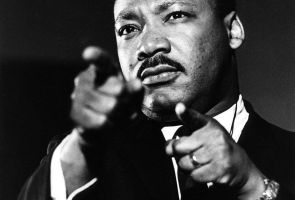



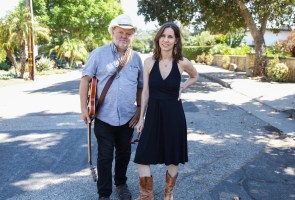




You must be logged in to post a comment.